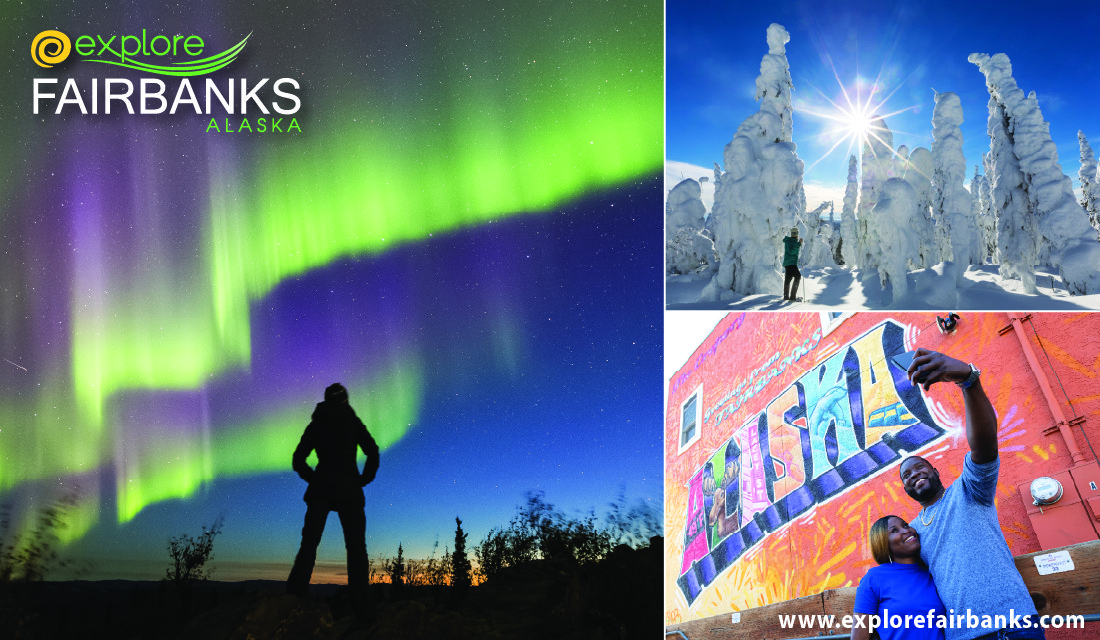A new arrival in Glacier Bay
STEALTH IS NOT AN OPTION WHEN YOU’RE TRAMPING THROUGH WILLOWS. Schlock, schkoomp! My boots sink into ankle-deep muck, threatening to pull off as I wrestle my way across an open wetland. A steady drizzle falls from a slate sky and stiff branches claw my rain gear. Twig tips are freshly clipped off, evidence of hungry moose. I’m hiking the fringe of Glacier Bay National Park near the southeast Alaska town of Gustavus. As I wallow through a muddy creek, I pause for a huffing, sweaty moment. And I see them: a mother moose and calf stand a hundred yards away, sleek in the rain, still and silent, watching. The mother sports a scarlet collar emblazoned with number 68. 
Moose are not an unusual sight around Gustavus. I’ve seen them trot along the road behind joggers, tree hapless hikers, and witnessed their apocalyptic devastation wrought on gardens. In spite of their regular appearance, these moose are of special interest because they are such recent arrivals to the area.
Two hundred and fifty years ago, Glacier Bay was filled with a massive, one-mile-thick glacier. The land on which Gustavus is now built was a partially submerged glacial outwash plain. As the glacier melted away, it revealed new land, which was quickly colonized by plants and animals. In the early 1960s the first moose wandered over a low pass separating Glacier Bay from Haines. What it found was paradise.
A young landscape mosaic rich in willow thickets—locally known as “moose candy”—stretched enticingly into the park. Moose stripped willow leaves with divine relish, gorging their way toward Gustavus, where they were first spotted in 1966. This moose dispersal was part of a broader movement from the species’ traditional home in interior Alaska toward the coastlines. In Southeast, moose were so new that the native Tlingit did not have a name for them.
Moose entering Glacier Bay faced trouble in paradise: wolves. Predation did not occur immediately, however, because generations of accumulated wolf knowledge excluded moose from the menu. As wolves figured out that a new banquet had walked onto the scene, pack sizes grew, adapting their structure to take down the 1,000-plus-pound behemoths.
In spite of wolves organizing for moose feasts and bears devouring young calves, moose populations skyrocketed. From an original colonizing population as low as five or six individuals in the 1960s, the herd grew by as much as 25 percent each year in the 1990s. This continued until 2003, when about 500 moose wandered the Gustavus area—the densest moose population in the state, averaging five moose per square kilometer. But like all species that colonize a new place, prosper, and proliferate, moose teetered on the brink of overtaxing the region’s resources.
At this point Kevin White, wildlife research biologist with the Alaska Department of Fish and Game, flew to Gustavus to investigate the situation. He measured moose rump fat (which correlates to percent body fat) with a portable ultrasound. White discovered the moose were unhealthy, gobbling vegetation to a point biologists worried the population would soon catastrophically crash. Willows were all but annihilated; the particularly favored Alaska willow has a single known specimen alive in the area to this day. The state opened a liberal moose hunt, bringing the herd down to about 250 animals. With fewer moose, the willows rebounded, and today when White checks moose fat, he finds healthy animals with sufficient reserves to survive a harsh winter.

During his 14-year study, White has collared over 100 moose to understand their movement patterns, population size, and survival. He’s found Gustavus moose are partially migratory, spending winters chomping willows in town and summers on islands or low mountains in the park. Where moose go and why helps land managers understand moose utilization of the landscape.
Today, wolves regularly prey upon moose in Gustavus and Glacier Bay, supplementing a diet rich in deer, salmon, and scavenged marine mammals. A pack of about 15 wolves roam over 1,000 square kilometers, representing a social species adapting to an ecosystem in flux. Not only is wildlife changing in the wake of glacial recession, so is the habitat. Meadows once rich in willow are succumbing to spruce and hemlock, which will eventually mature into old growth forest. Even the willows are adapting to their ungulate enemy, developing chemical defenses to ward off browsing. Evolving habitat signals the end of an era where moose reign supreme.
But for now, the area I’m hiking is still excellent moose habitat. Number 68 waggles an ear impatiently as she and her calf gaze through the rain. These two are a piece of an evolving regional ecology where relationships between predator, prey, and vegetation change with the passing of time. In a sudden rush of hooves the duo splash away, leaving me alone with the willows.
Emily Mount is a freelance environmental writer and photographer and a frequent contributor to Alaska magazine.


